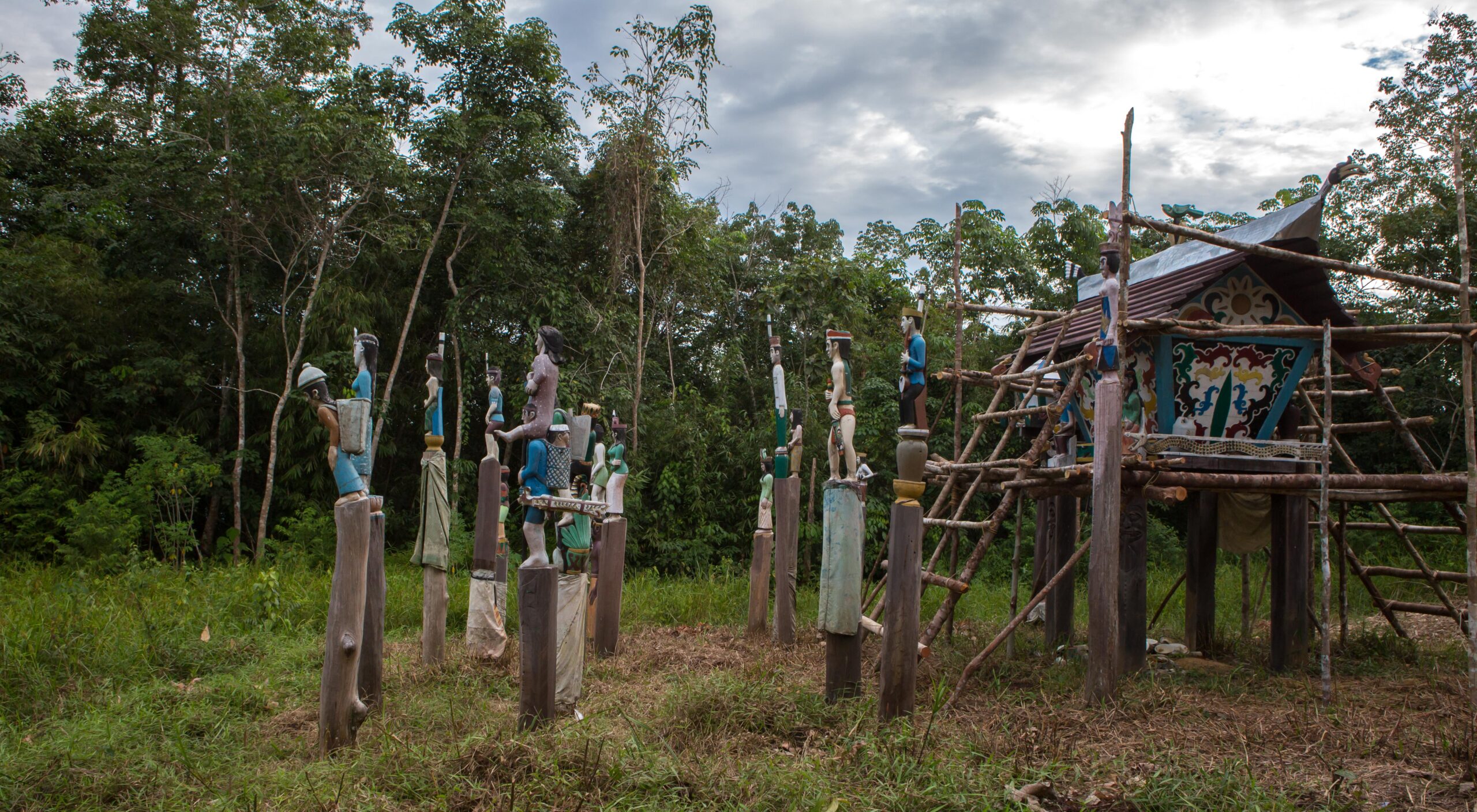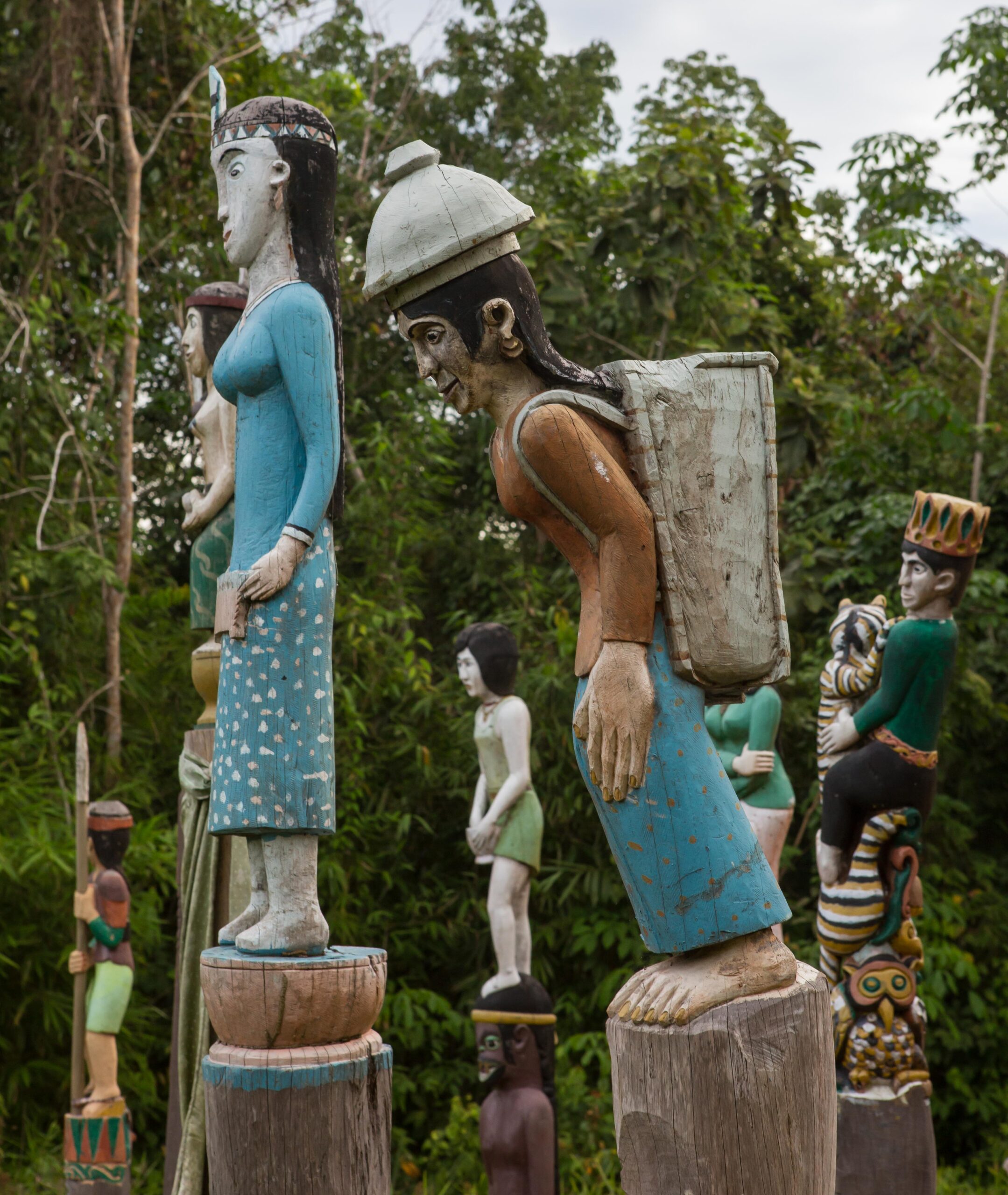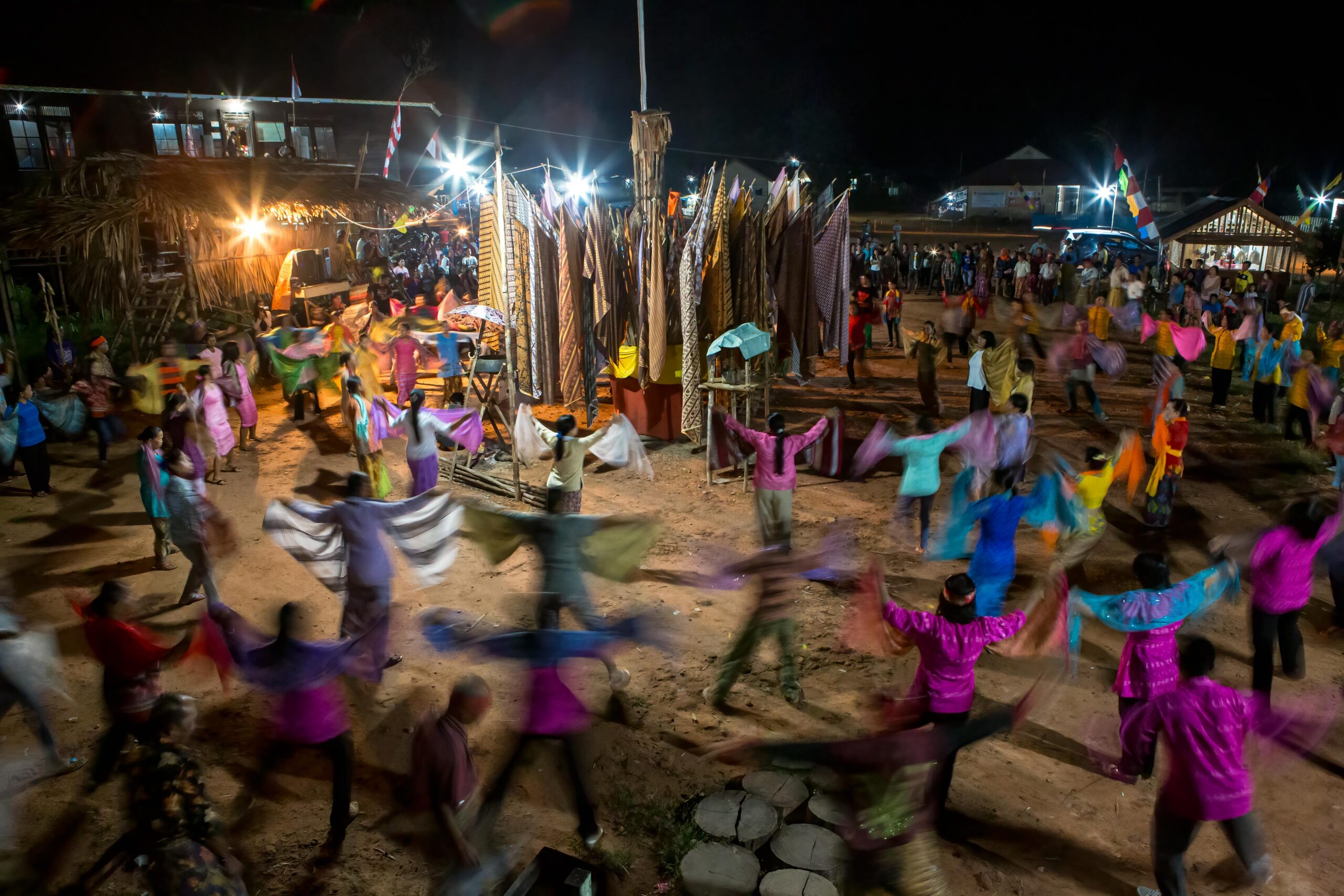
In May 2016 I was very fortunate to be able to attend a traditional Dayak Tiwah ceremony, in the small village of Tumbang Manggu, far upstream along the Katingan River in Central Kalimantan. We were guests of one of the village’s Dayak elders, a famous player of the Sape, a traditional Dayak snare instrument resembling a guitar.
We were hosted in a traditional Dayak wooden house, right next to the open field where most of the rituals would take place. It was an awesome and humbling experience!
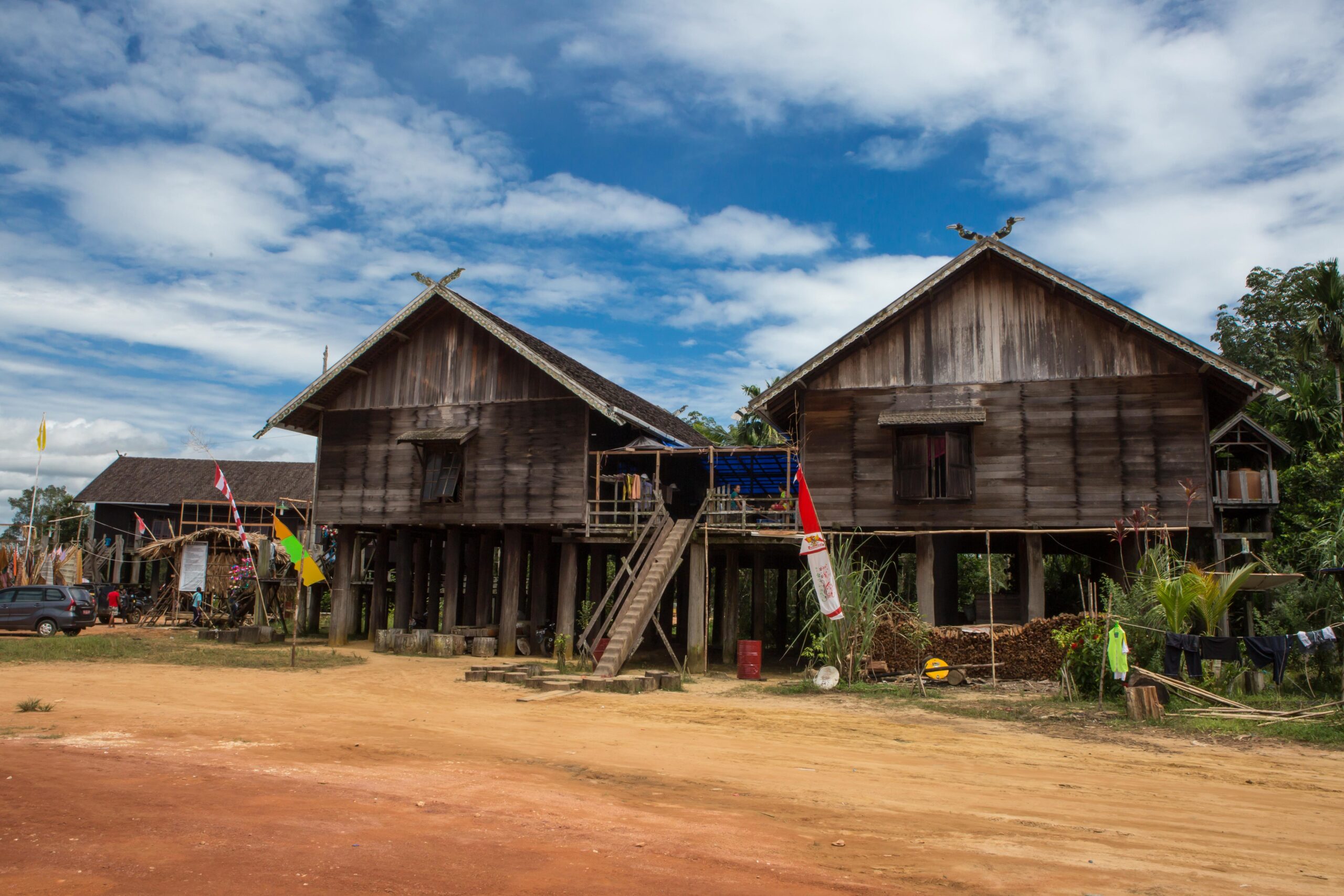
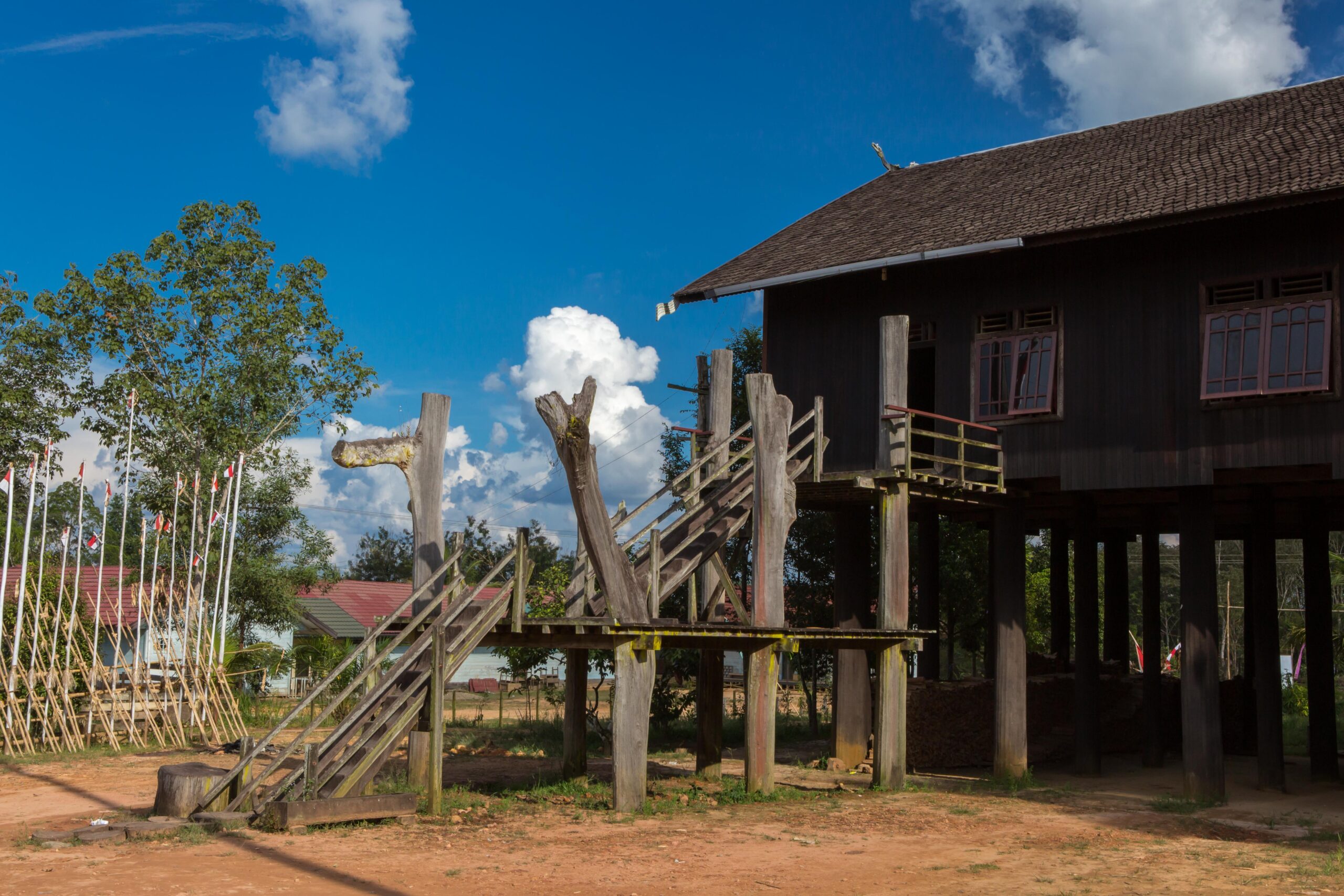
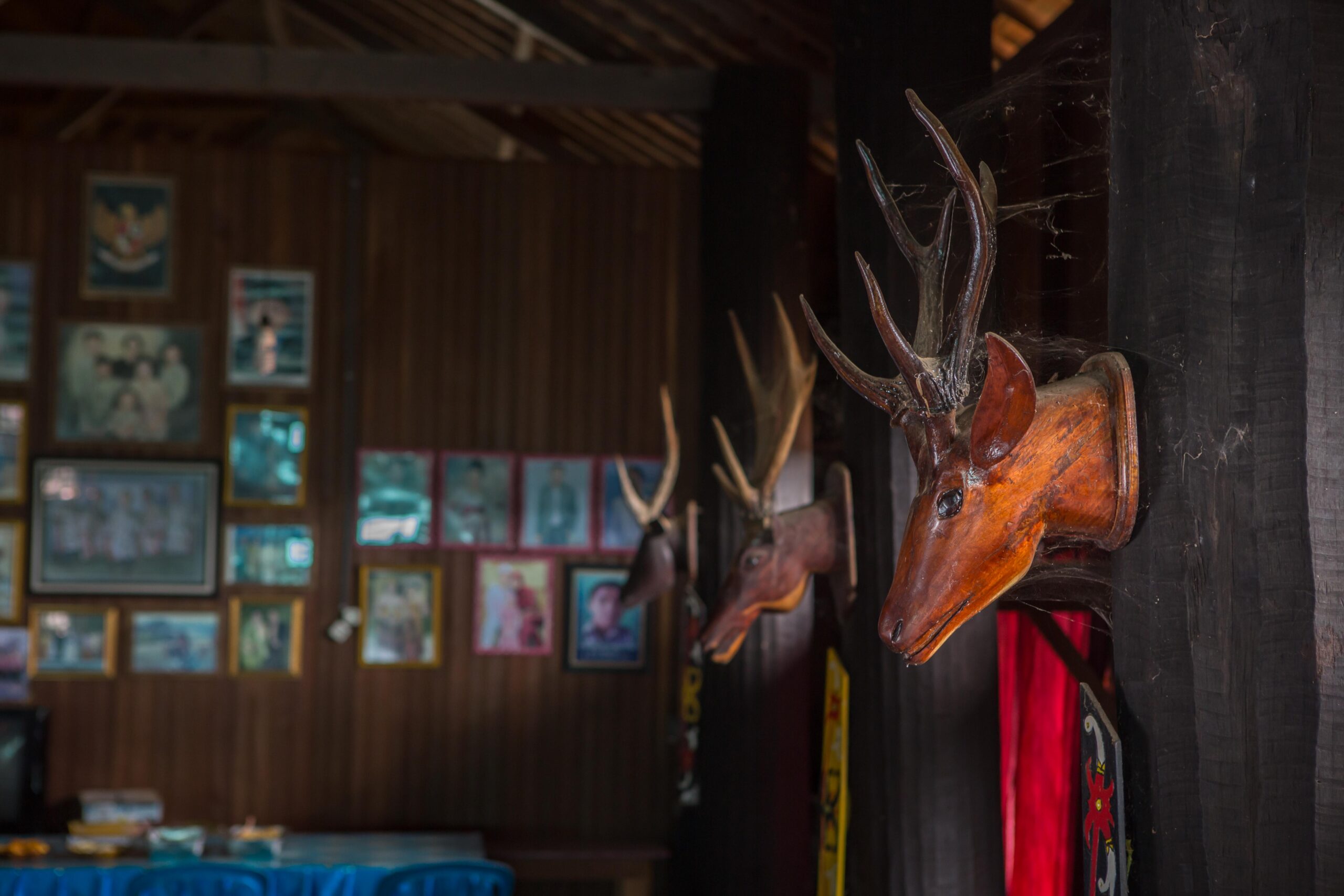
Among the many Dayak tribes inhabiting the island of Borneo, the Dayak Ngaju are the largest Dayak tribe in Central Kalimantan, predominantly occupying the Kahayan river basin near the present city of Palangkaraya. The Dayak Ngaju are deeply entrenched in the realm of spirits, particularly ancestral spirits. Their funeral customs comprise two integral parts: an immediate ceremony following a person’s passing, and the Tiwah, which signifies the journey of the soul to the afterlife.
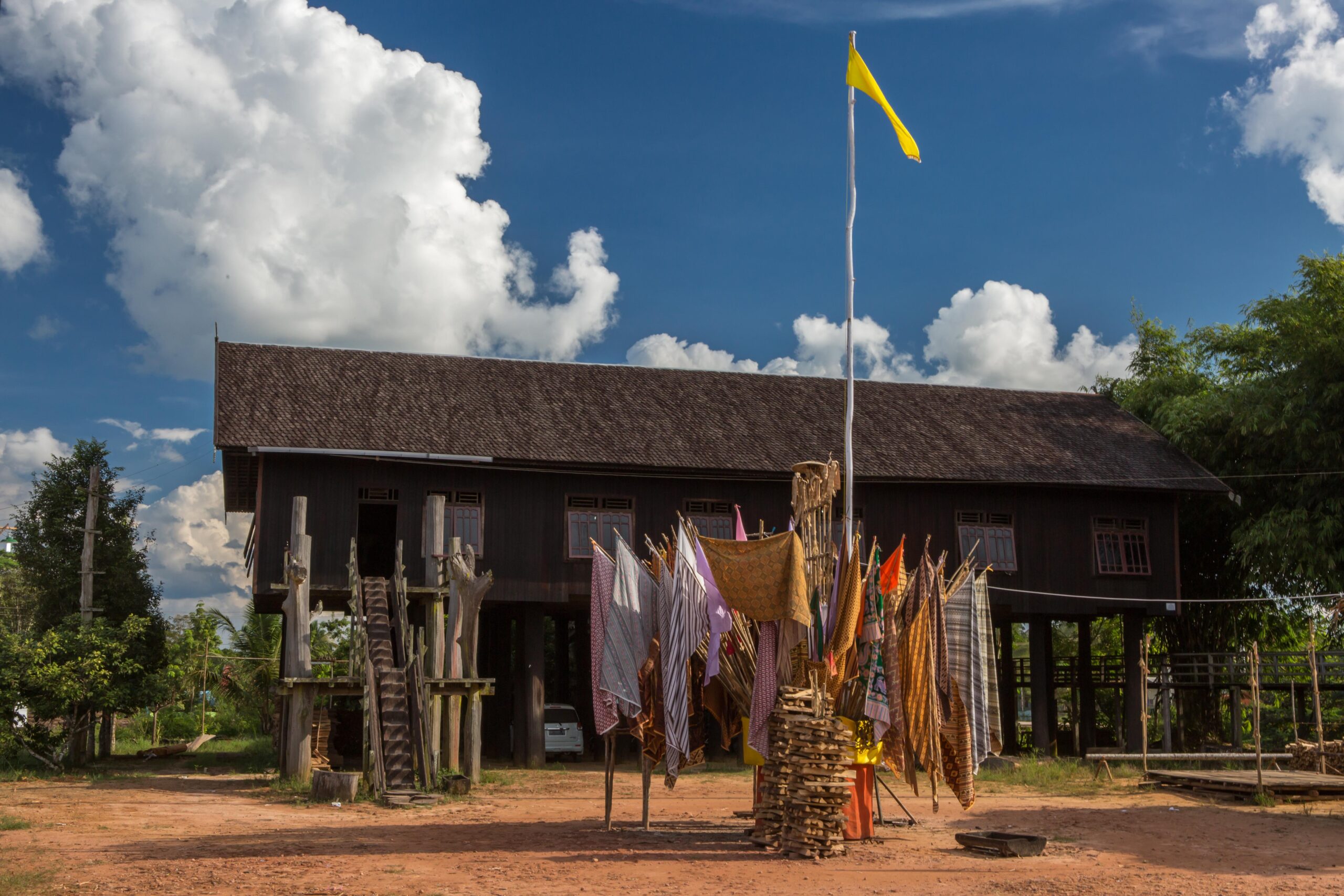
The Tiwah ceremony holds immense significance for the Dayak community in Central Kalimantan, marking the culmination of rituals dedicated to the deceased. Its purpose is to cleanse the souls of the departed, enabling them to transcend into Moksa, the realm of eternal life within a pristine natural environment. Passed down through generations, these rituals are integral to Dayak culture, particularly among those adhering to the Hindu Kaharingan faith.
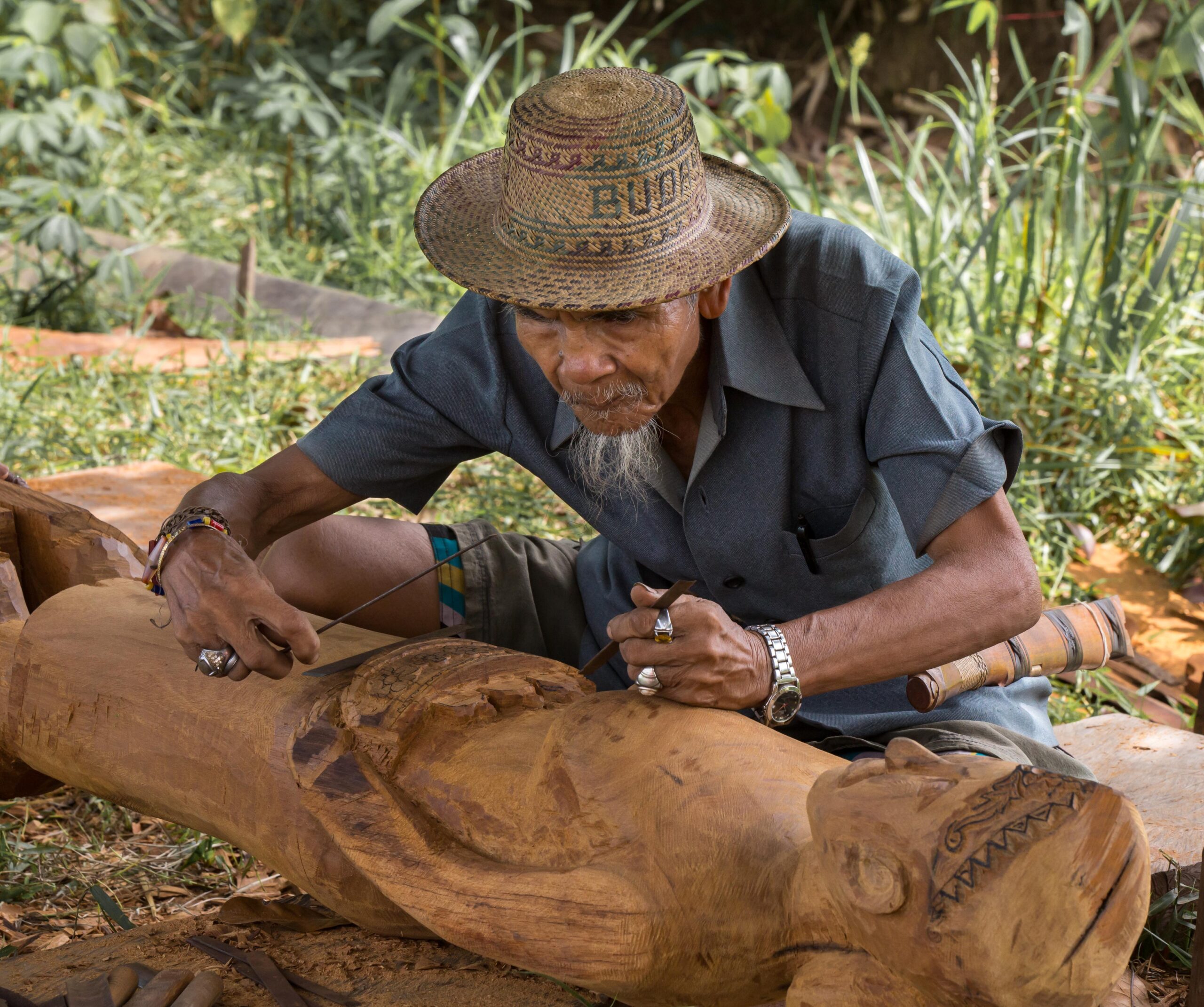
The Tiwah is a financially demanding event for the Dayak, often requiring years, if not decades, of savings. Consequently, families temporarily inter their loved ones until they can afford to conduct the ceremony. Upon saving the necessary money, they exhume the remains of the deceased for the final rites. The remains are then re-buried in the Sandung, the traditional family grave of the Dayak. In some cases, families join forces to organize mass Tiwah ceremonies, accommodating multiple deceased members, sometimes numbering in the dozens.
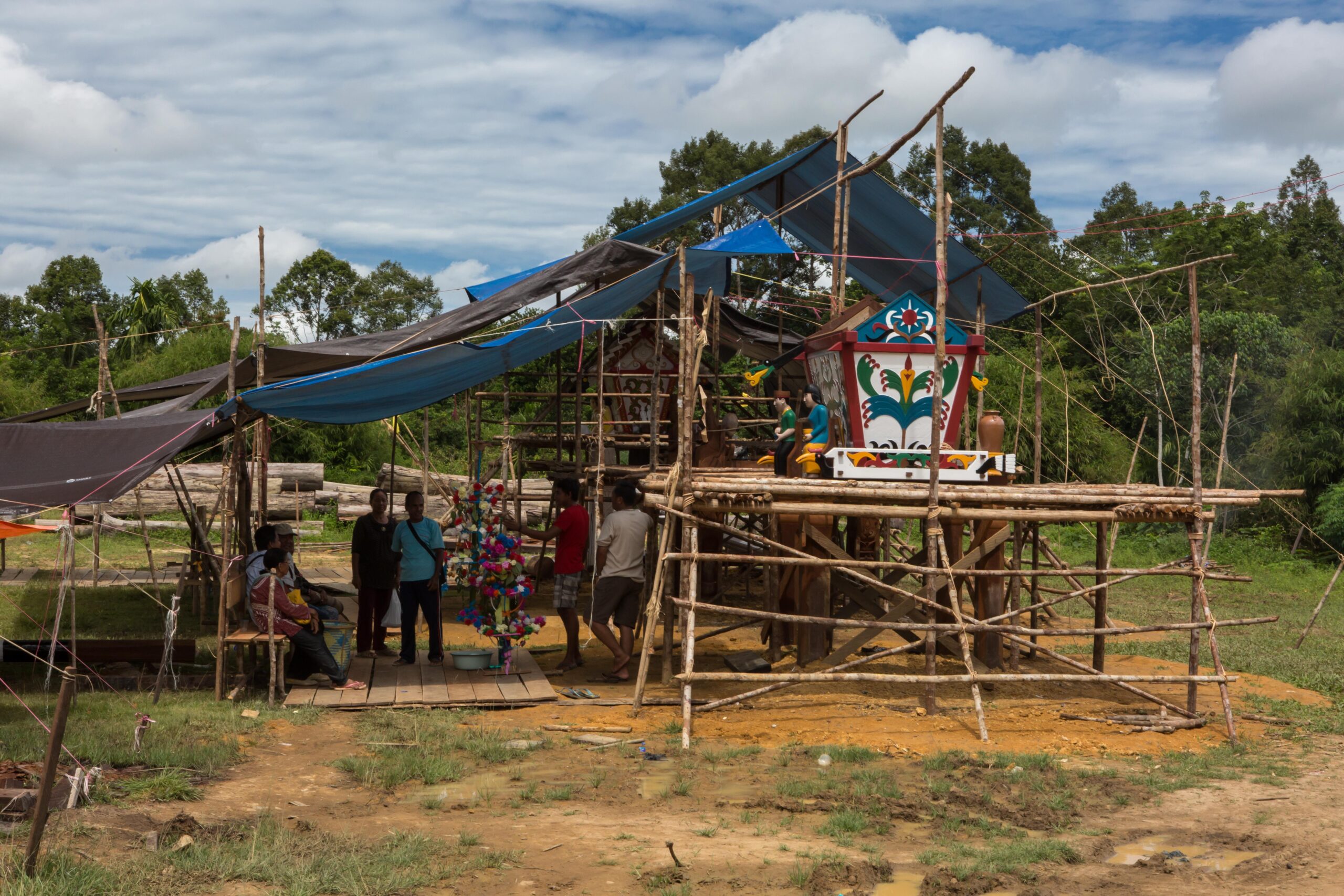
The Tiwah rituals are led by the traditional Kaharingan priests, or Basir, considered gifted people who can communicate with the gods and souls in the hereafter.
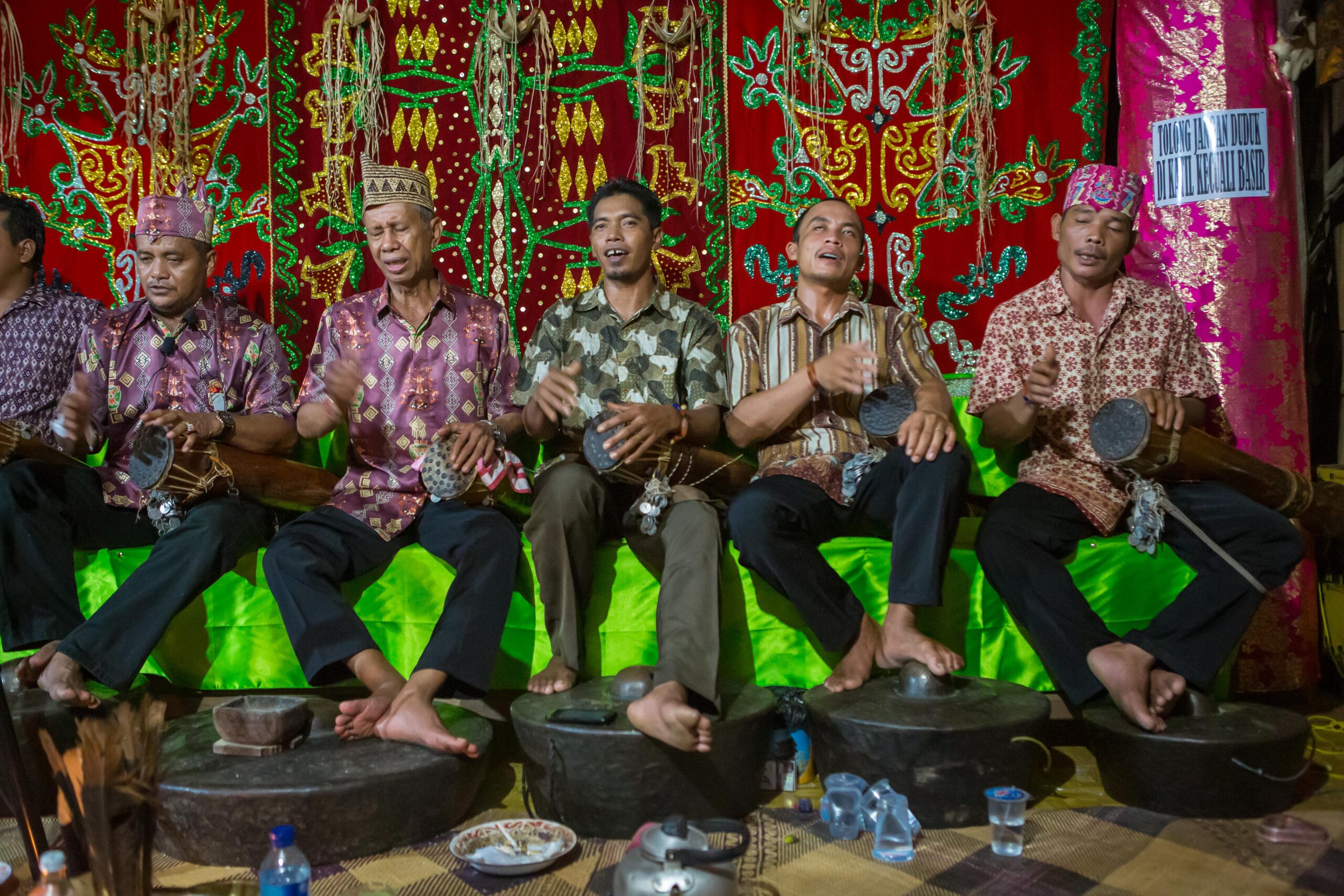
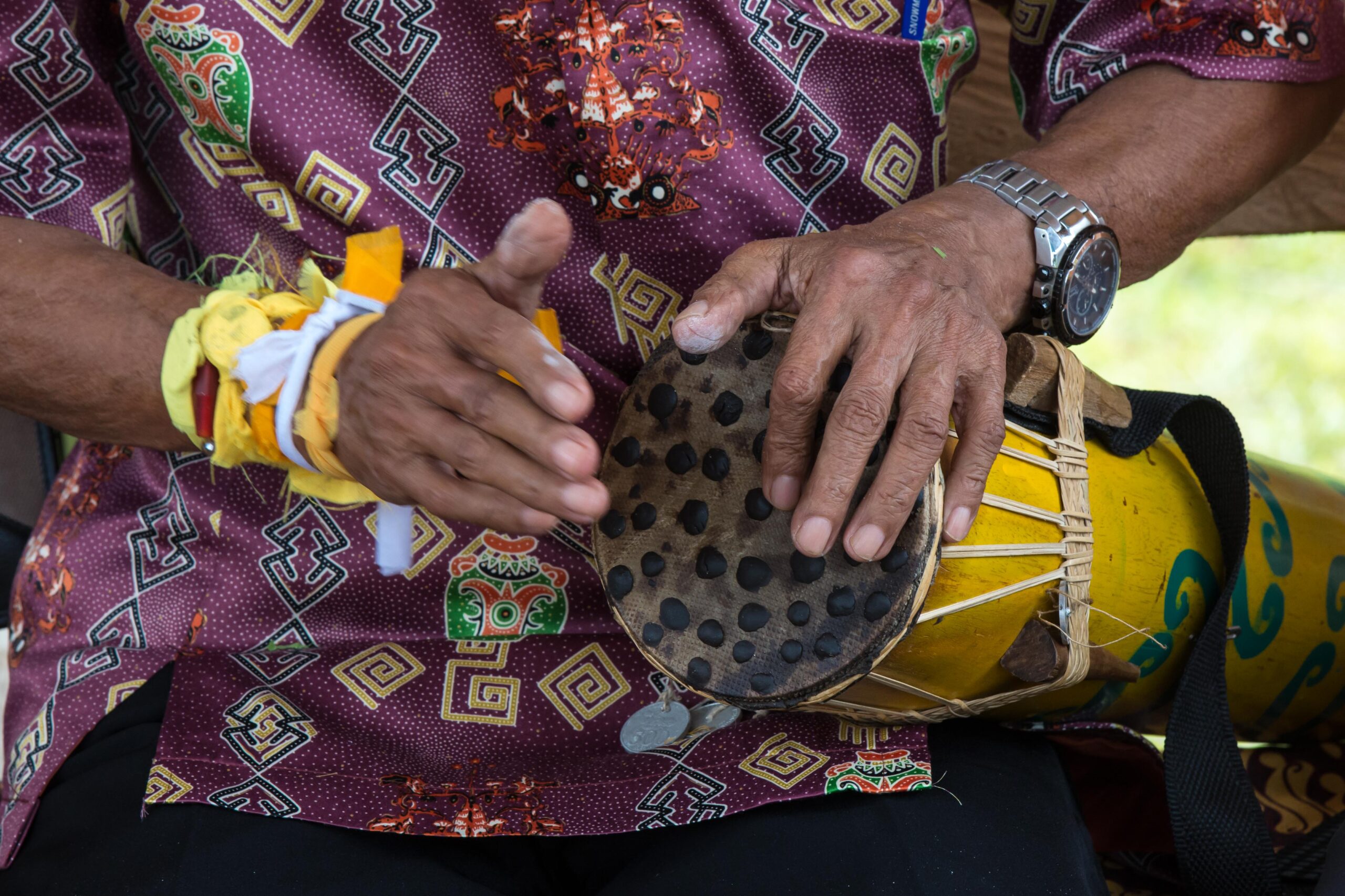
The Tiwah starts with a Balian ceremony at each house of family participating in the Tiwah. Balian is the shamanic chanting in ancient Dayak language, usually performed by a few Basir together. The Basir sing to the gods and ancestral spirits. This ritual is performed to cleans and preparing the family for the ceremony.
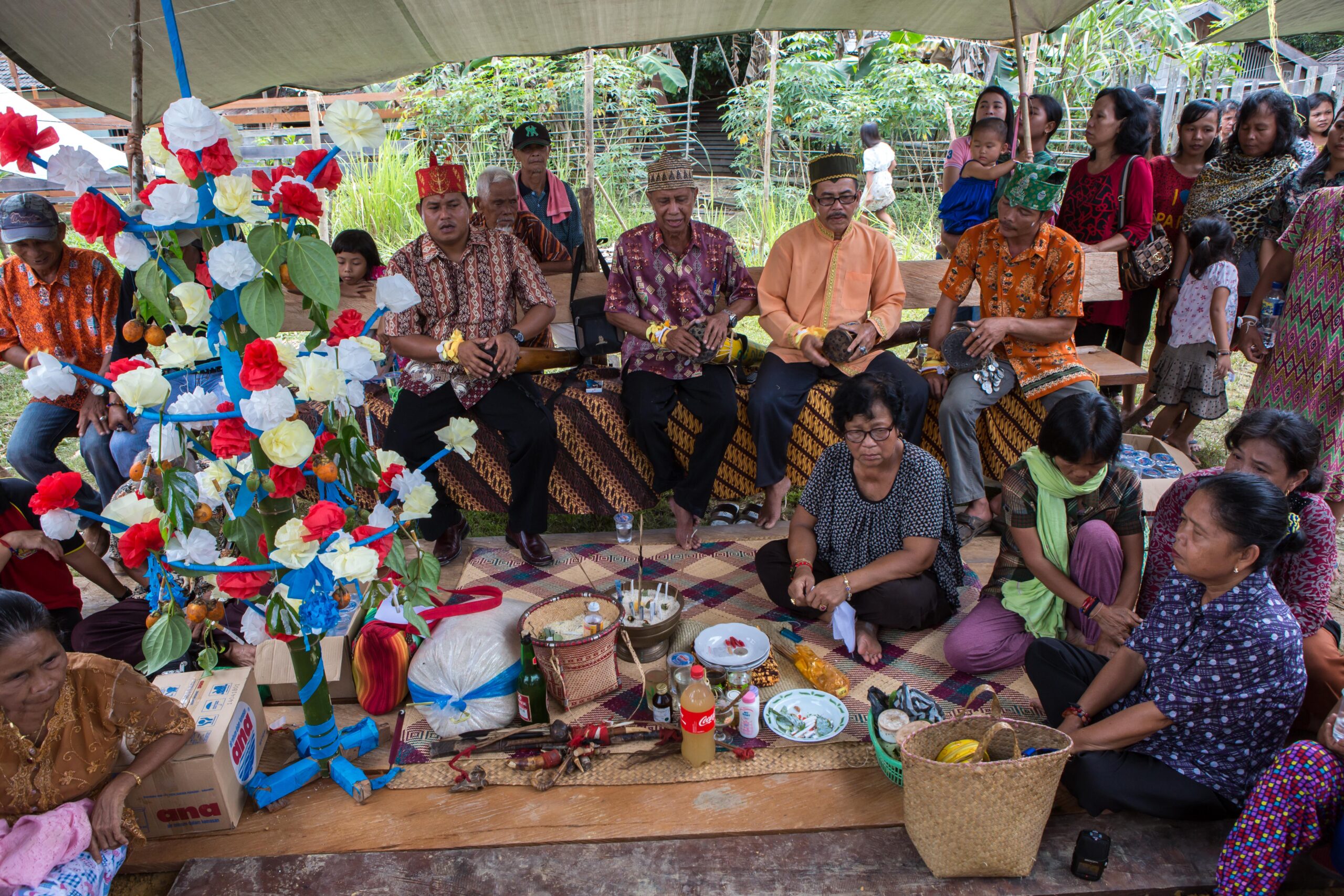
This Balian is followed by the Manganjan, a ritual dance whereby the family of the deceased circle the Sangkairaya, a central construction of long bamboo poles with large batik flags, one for each deceased. This dance is also accompanied by chanting to the ancestral spirits, asking for permission to continue with the Tiwah.
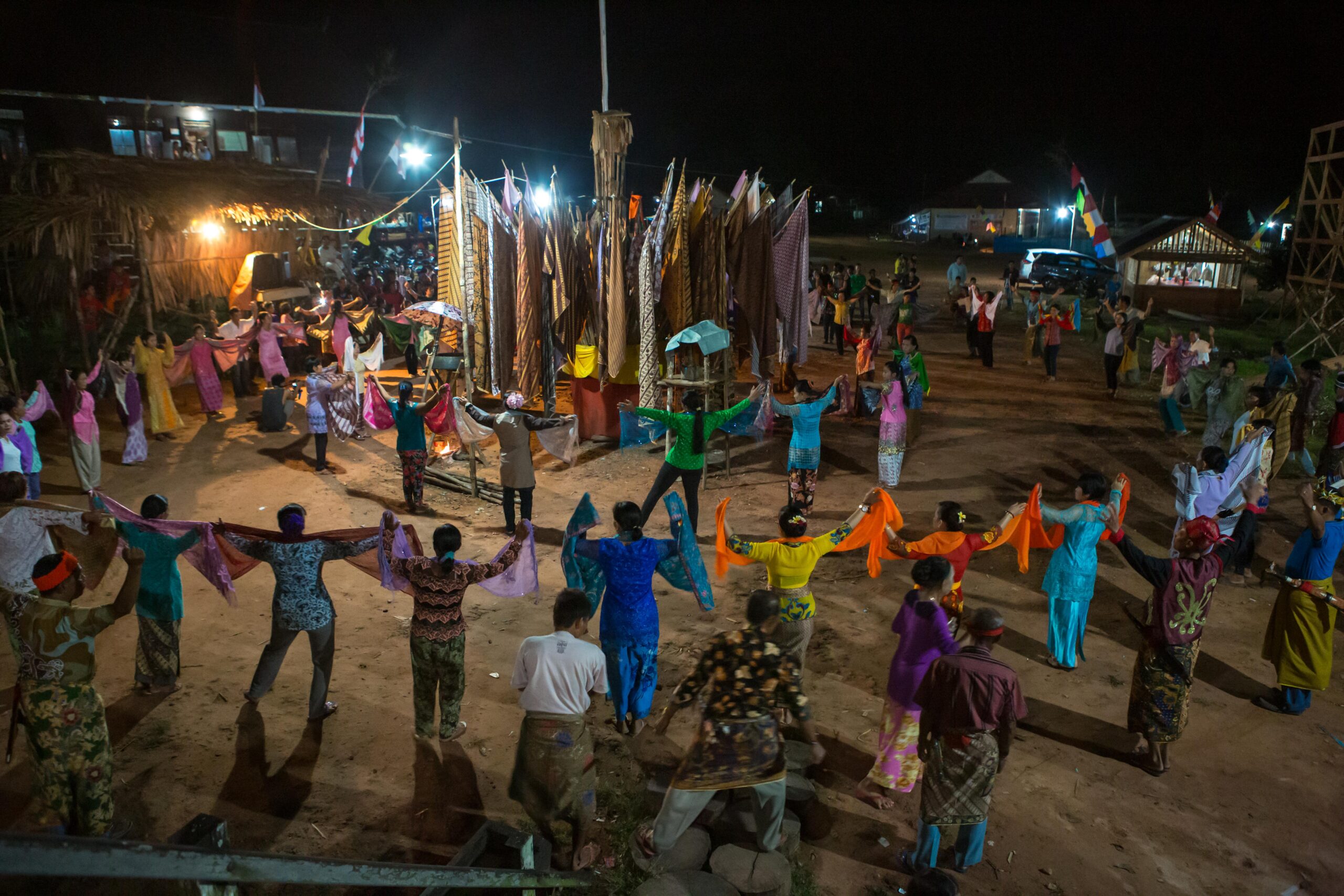
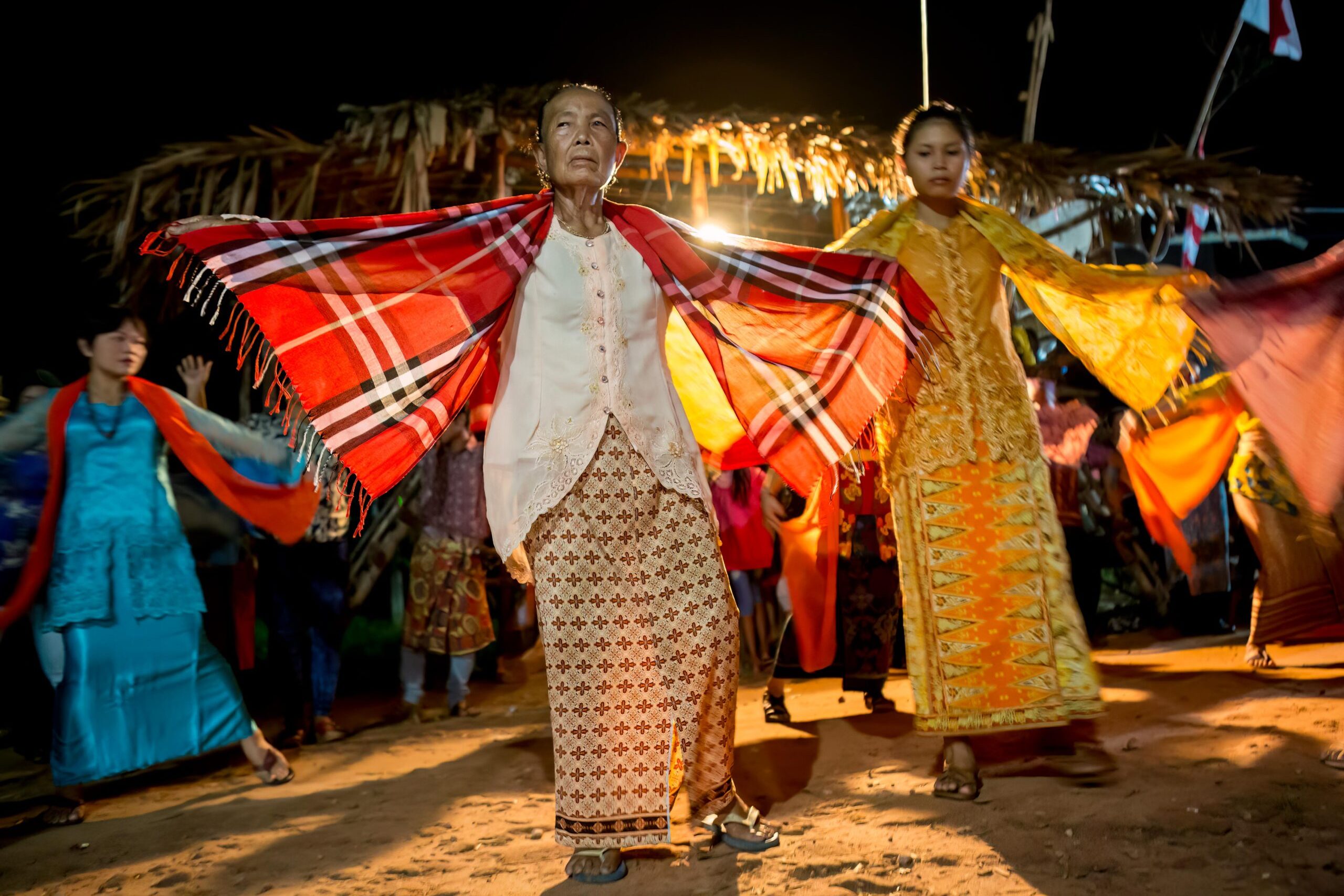
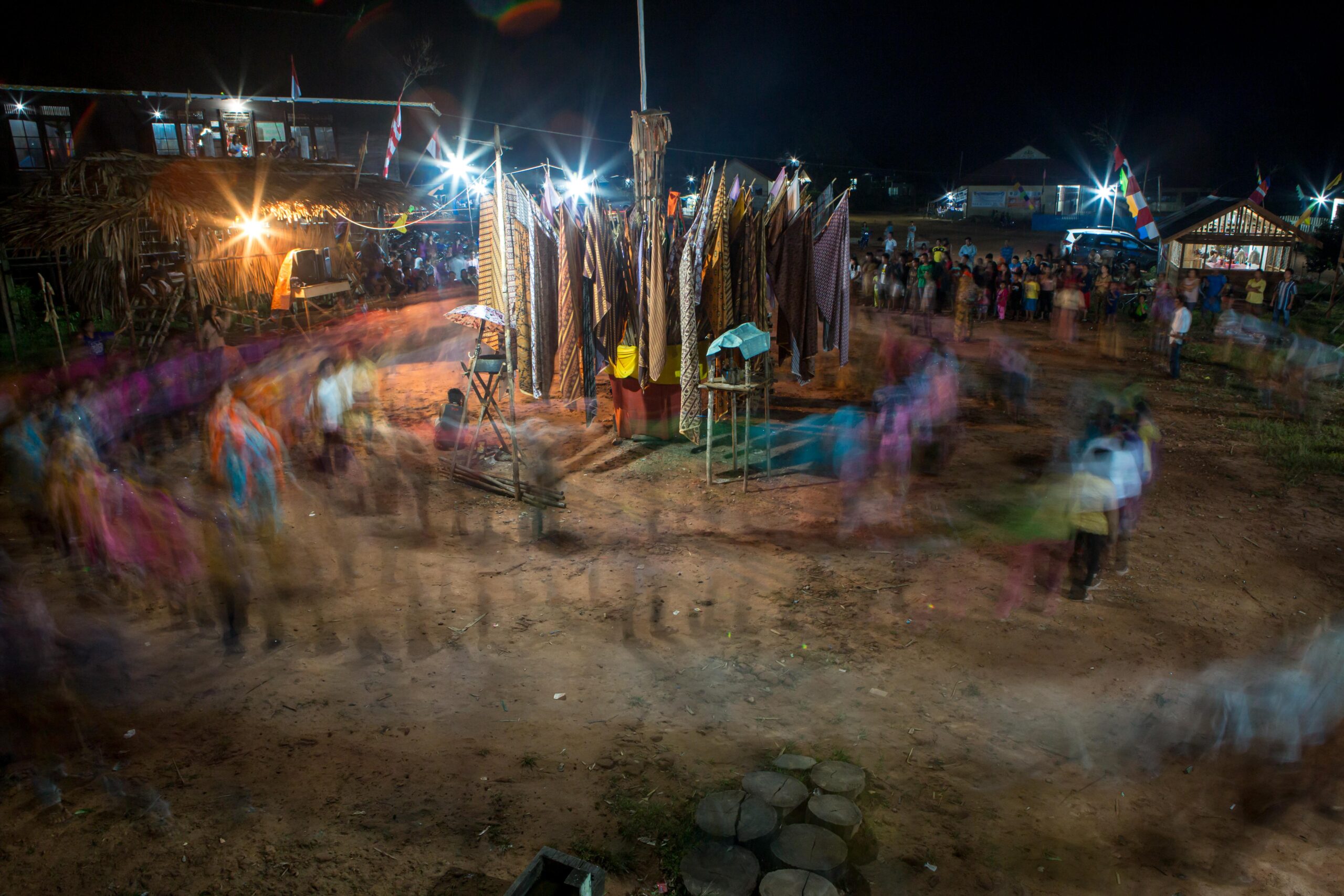
On the left the Balai Nyahu (“lightning”): a bamboo hut for the musicians, where they play the drums, gongs and gamelan. This is also the place where the bones are kept during the peak of the Tiwah, before they are moved to the Sandung coffins and graves.
The highlight of the Tiwah rituals is the sacrifice of animals, as offerings to the Supreme God, in Kaharingan called Ranying. These offers will accompany the souls of the deceased to the hereafter. For the wealthy this is a buffalo, while others sacrifice a cow or pig. Each animal is tied to a Sapundu, a wooden totem representing the deceased. In a rather gruesome sacrificial ritual the animals are then speared 7 times, representing the 7 stages of life and death of the Kaharingan faith.
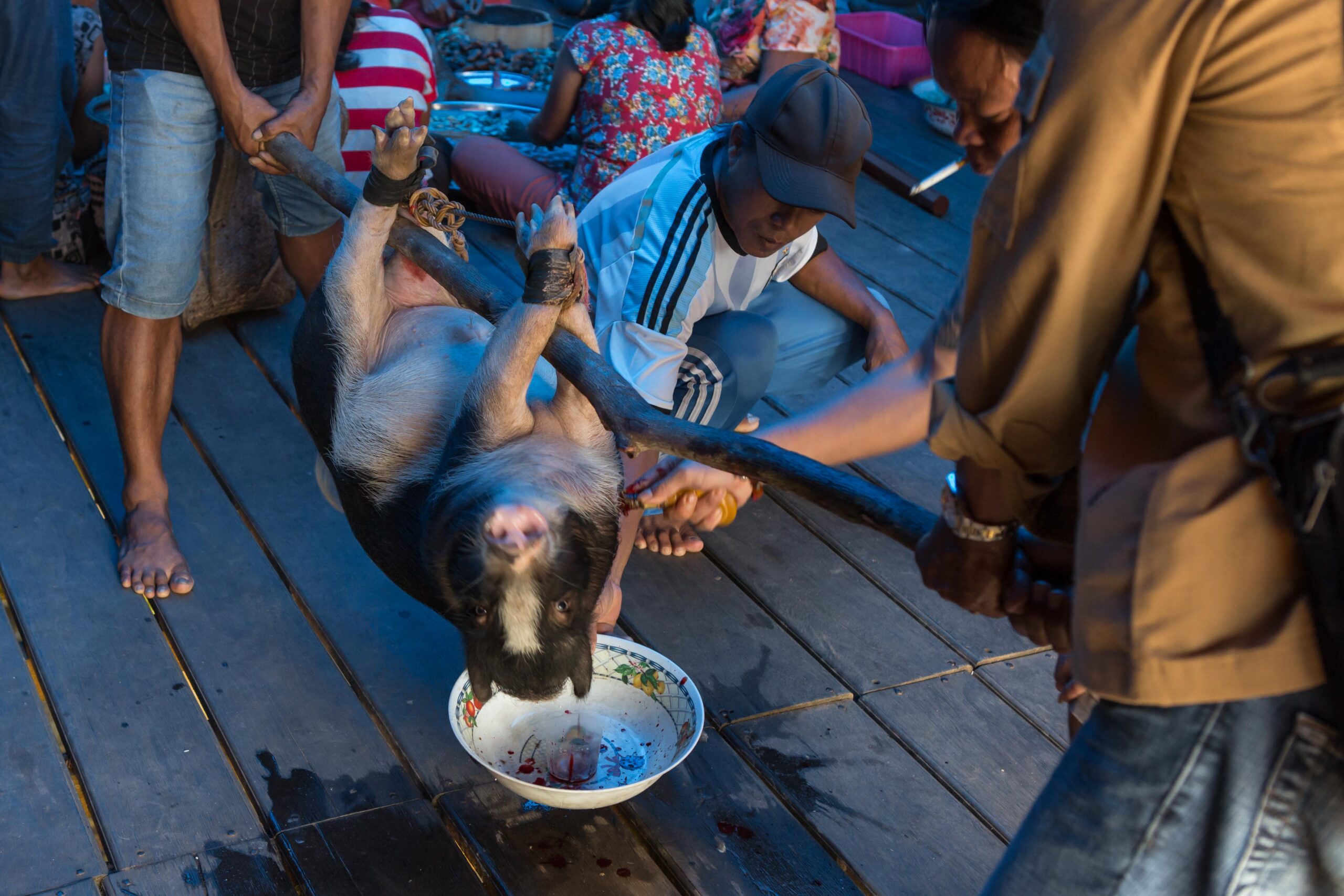
At the end of the Tiwah the bones of the dead are buried at the Sandung, the family grave, somewhere at the outskirts of the village. The Sapundu totems are also re-erected here, almost as guardians of the grave site. They all face east, welcoming the daily rising sun as symbol of the start of life.
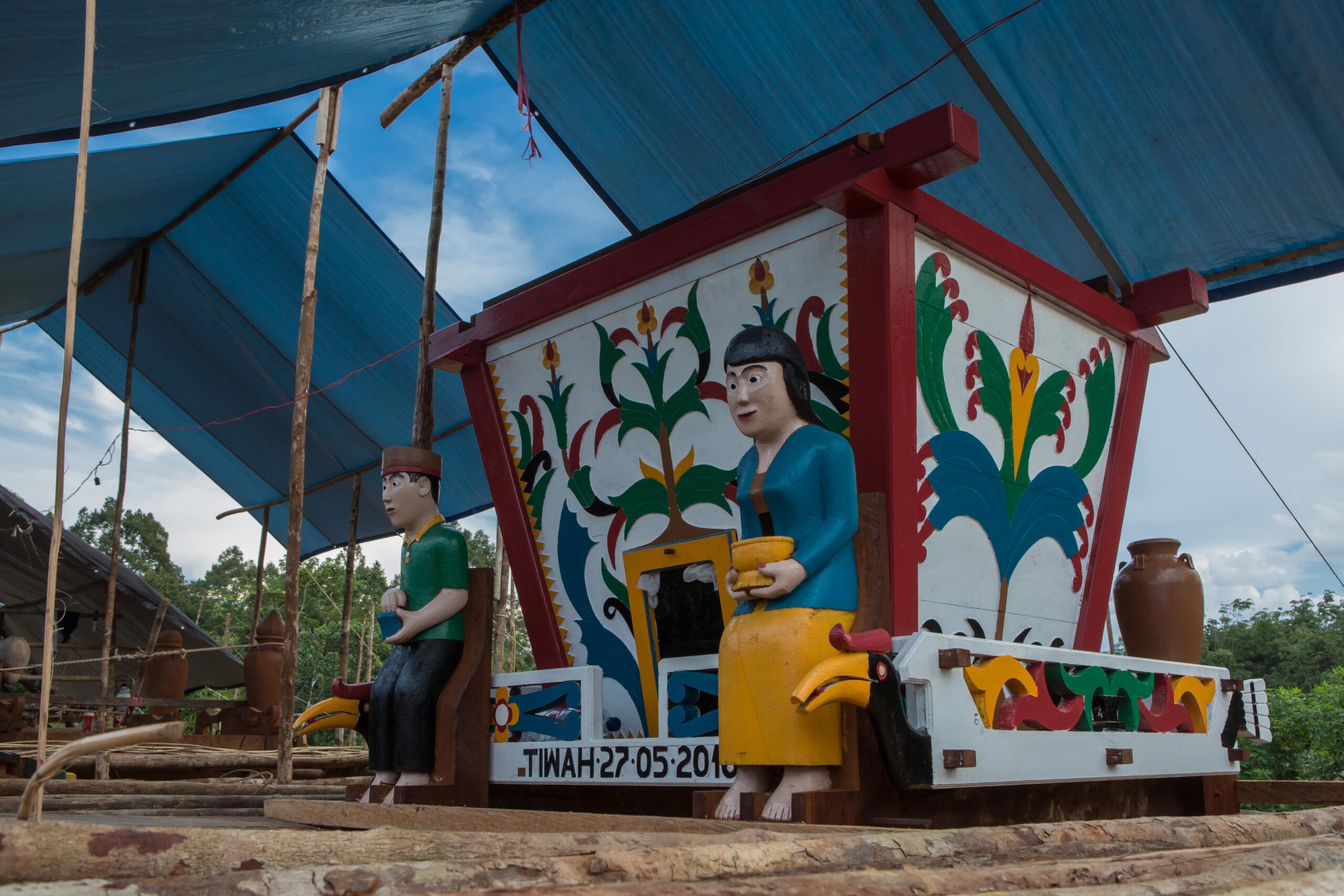
These wood-carved and decorated coffins often have the shape of a bird or water-snake and are decorated with images of the hereafter.
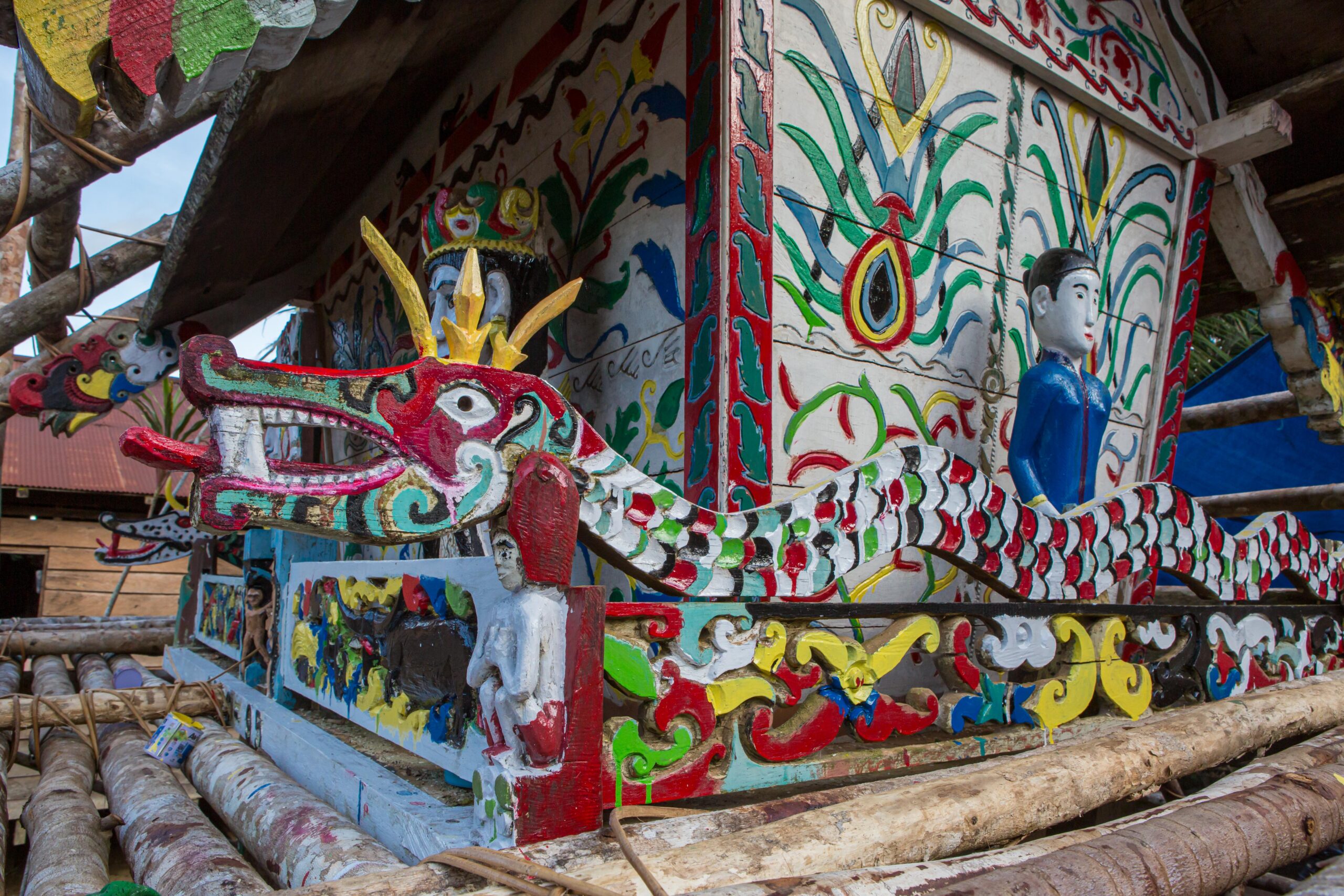
It is believed that the spirits of the deceased watch over the village from their final resting place at the sacred site where the Sandung are placed.
